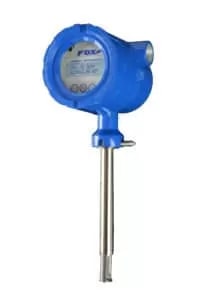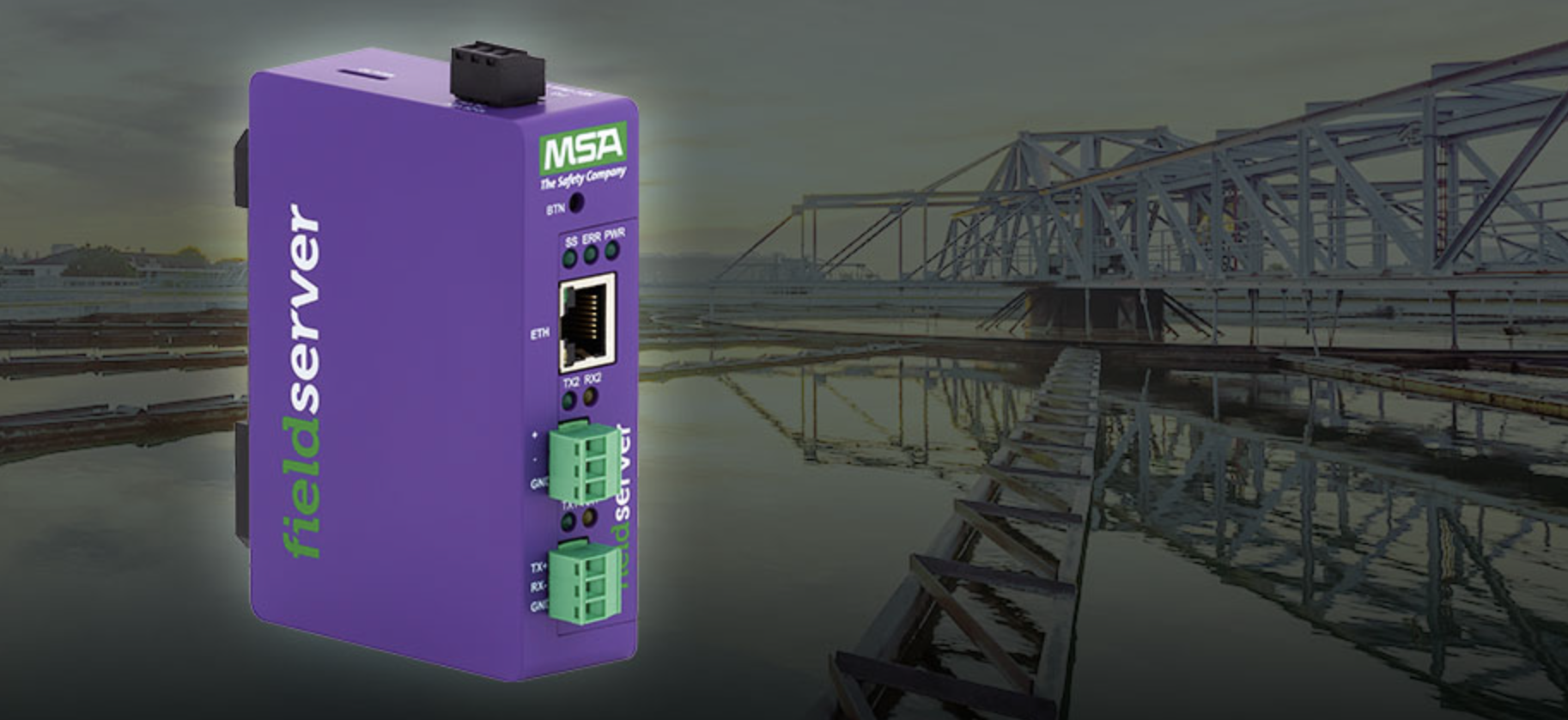You might think that industrial vibration sensors are just another piece of tech. But in fact, they're an incredibly valuable tool for keeping your facility's machinery running smoothly and safely.
TechStar
Recent Posts
Industrial Vibration Sensors: Features, Uses, Benefits
Wireless vibration monitoring is an ideal solution for the manufacturing industry. It allows you to monitor the vibration of your machinery and equipment in real-time, allowing you to identify issues before they become problems.
Many industrial conditions require the safe and accurate measurement of the mass flow rate of gases. If you are wondering, “what is a thermal mass flow meter?” you have come to the right place. In this guide, we explain the working principles, features, applications, and benefits of thermal mass flow meters.
If you are looking for a flow meter that directly measures the mass flow rate with high accuracy while simultaneously measuring density, temperature, volumetric flow rate, and concentration. You will be looking at the Coriolis Flow Meter. In this guide, we cover the working principles, features, applications, and benefits of coriolis flow meters.
There are many industrial applications that require long-term installations of reliable and accurate flow meters. If this describes your setting and you are looking to measure the flow rate of liquid, gas, or steam, consider the vortex flow meter. This guide covers the definition, operating principles, features, applications, and benefits of vortex flow meters.
Controlling the world’s water resources is arguably one of the most critical issues. Water demand from industry and domestic users is set to rise throughout the industrialized world, while water supplies are finite. Legislation constantly demands improvements in potable water quality and reduces the contaminants that may be discharged. Wastewater treatment is one way to get water back. Wastewater is subjected to various treatments in wastewater treatment plants, each intended to remove contaminants and other hazardous substances from the water. The objective is to create water from sewage that is safe to discharge into waterways and won’t endanger the environment or human health. Over the last few years, Yokogawa has been applying minimized maintenance measurement systems to an industry that, more than ever, is concerned with condition-based maintenance and the integrity of the measured variable.
Topics: Yokogawa, Analytical Solutions, Wastewater, Analyzer
If you are looking for a flow meter that provides easy readings of flow rate, consider the variable area flow meter. This device measures liquids, steam, and gas in a variety of conditions and environments. In this guide, we define variable area flow meters, along with the working principle, features, application, and benefits.
Non Contact Type Radar Level Transmitter Guide | TechStar
Non-Contact Radar Level Transmitter: How it Works, Uses, Benefits
Process industries require level controls to monitor and evaluate the amount of material in vessels. Although, there are many different level measurement offerings, including level switches, density level measurement, displacer level measurement, point level measurement, magnetic level indicators, and continuous level measurement. This guide covers non-contact radar level measurement and devices.
2 Technology-Based Tools Water/Wastewater Plants Need for Safety
Originally posted by MSA
If you work in the water/wastewater industry, we don’t have to tell you just how dangerous treatment plants can be for worker well-being. We also don’t have to explain that water/wastewater plants have an even greater potential for danger after hours and on weekends when no one is physically on site.
Topics: MSA, Gas Detection Solutions, Safety, Wastewater, water
In any combustion process, it is necessary to monitor the inlet flow rates of fuel and air to the burner. While these flow rates provide baseline parameters to set a flame, they do not provide feedback to reveal or alert any potential concerns with the combustion reaction, such as incomplete combustion from imperfect mixing in the burner or safety risks such as fuel leaks or loss of flame. Flue gas analysis offers one approach to monitor the process and provide feedback. It is especially important to consider when firing both hydrocarbon-based and high hydrogen fuels.
Topics: Analytical Solutions, AMETEK Process Instruments, Analyzer

.jpg)







